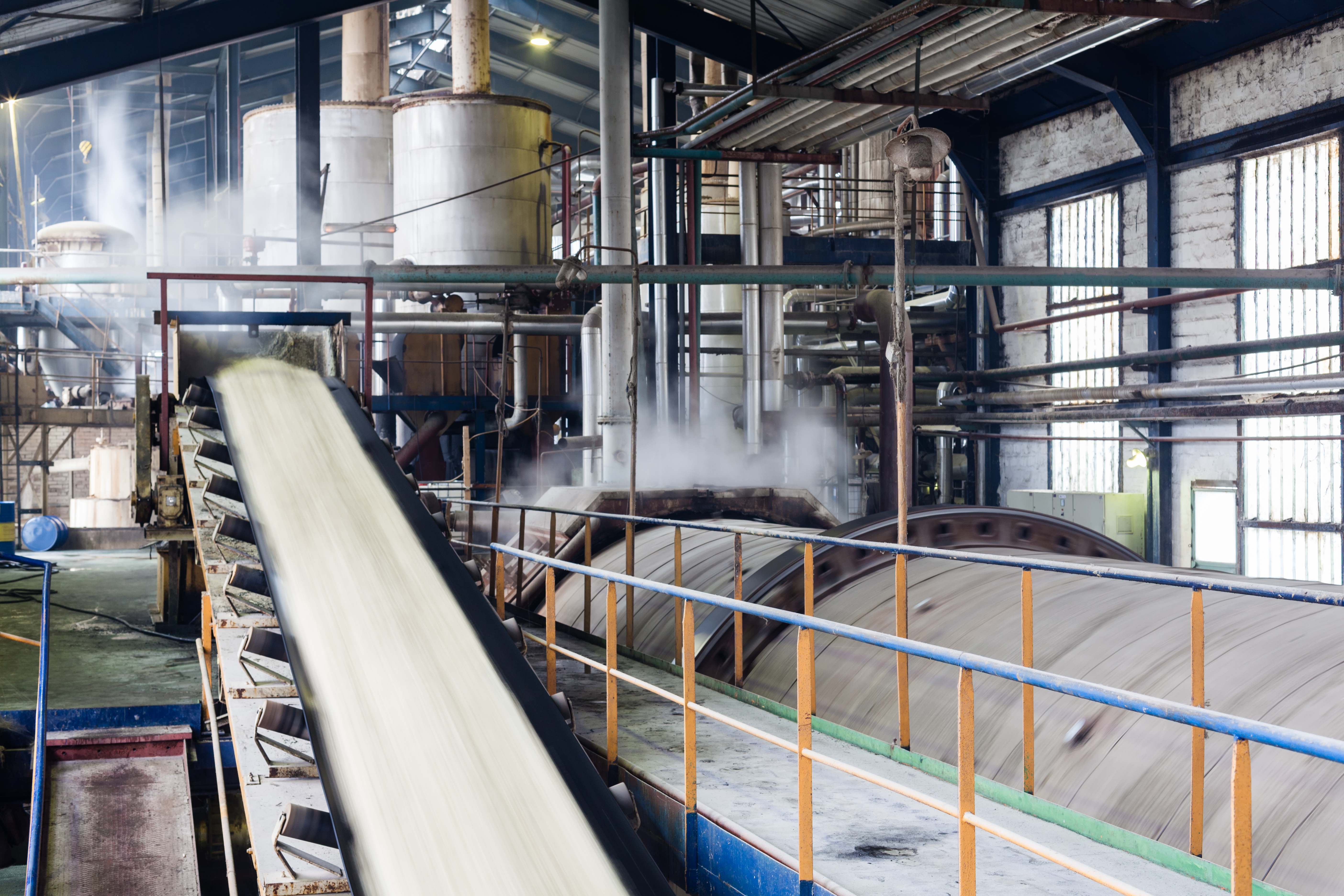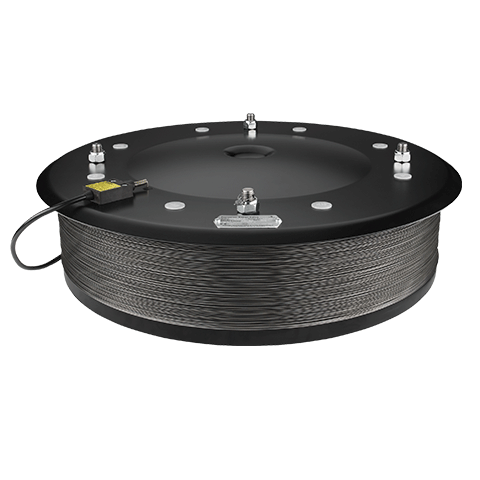
When a potential dust explosion risk was unexpectedly identified prior to start-up in a newly constructed sugar handling process in Scandinavia, the manufacturer called in IEP Technologies to propose a solution that could be seamlessly incorporated into the existing equipment design parameters.
Firstly, as the vessel strength of the hopper was insufficient to withstand the effects of an explosion, it was vital to mitigate such an explosion event before it could develop into a more serious problem with the potential to propagate to adjacent equipment and initiate a secondary explosion in the wider area. This problem would normally be solved by installing an explosion relief vent with a large enough surface area to relieve the explosion pressure in such circumstances. Since the hopper was located in the middle of a building, it was not possible to vent this to a safe area where employees and other sensitive equipment would not be present. Finally, any devices used as part of the explosion protection system would have to be “hygienic” in design and suitable for use in a food handling plant, while also complying with all necessary EU standards and regulations including ATEX, Pressure Equipment and Low Voltage directives.
After discussions with the manufacturer and reviewing all available options, IEP’s engineers proposed a “hybrid” solution incorporating explosion isolation and flameless venting, with associated sensing and control capability. Rapid acting explosion suppressors were mounted on the pneumatic conveying ducting to act as an extinguishing barrier to protect connected plant against explosion propagation. To relieve the pressure created by the initial explosion an EVN30H “flameless” explosion venting device was fitted to the hopper.

The EVN30H has a special re-closing and reusable design which uses a flame arrestor to break up and cool the flame, gases and products of the explosion, meaning that it can safely be installed in an internal area where people may be working in the vicinity. The “H” classification also means that it is designed for use in hygienic applications such as the food industry, and can safely be used in contact with products intended for human consumption.
The explosion suppressors are actuated by IEP Technologies “SmartDS” dynamic pressure detection system capable of rapidly detecting pressure rises created by incipient explosions, without being susceptible to spurious activation caused by varying pressure conditions inherent to the process. All elements of the system status were monitored and logged by IEP’s EX100 controller.
In view of the hybrid explosion protection system selected, employing both active and passive devices, the sugar processing plant was able to gain final insurance acceptance and go safely into operation on schedule.


